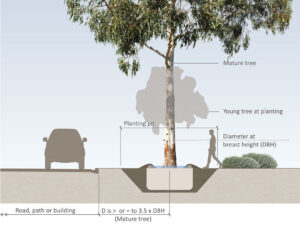

This will ensure that decisions take into account any:

Any published interim classification results should also be taken into consideration. This environmental baseline is used by the Environment Agency and others when making water management decisions such as determining environmental permits and licences and assessing the potential impact of development.įor the 3rd cycle of river basin planning (2022 to 2027) any consideration of deterioration will need to take into account the current status reported in both the updated plans and the 2015 plans. The environmental baseline from which the preventing deterioration objective applies is the current status reported in the plans. Deterioration is formally assessed and reported over the 6 years of a river basin management planning cycle. Preventing deteriorationĪs required by Regulation 13, the status of water bodies must be prevented from deteriorating, except in specified circumstances. The river basin management plans also recognise that it is important to tackle the climate and biodiversity crises in order to achieve these aims, for example, prevent further deterioration, ensure sustainable water supply and mitigate the effects of natural hazards such as floods and drought. progressively reduce the pollution of groundwater, prevent the input of hazardous substances and limit the entry of non-hazardous pollutants to groundwater.aim progressively to reduce pollution from priority substances and aim to cease or phase out discharges of priority hazardous substances into surface waters.reversal of any significant and sustained upward trends in pollutant concentrations in groundwater.Where this is not possible and subject to the criteria set out in the WFD Regulations, aim to achieve good status or potential by 2027 or set an objective less stringent than good status or potential protect and enhance each artificial or heavily modified water body with the aim of achieving good ecological potential and good surface water chemical status for heavily modified water bodies and artificial water bodies.protect, enhance and restore each body of surface water with the aim of achieving good status for all water bodies by 2021 Where this is not possible and subject to the criteria set out in the WFD Regulations, aim to achieve good status by 2027 or set an objective less stringent than good status.achievement of objectives and standards for protected areas.prevention of deterioration of the status of surface waters and groundwater.

The WFD Regulations environmental objectives, as set out in Regulation 13, are:

This requires a holistic approach to managing waters, looking at the wider ecosystem and taking into account the movement of water through the hydrological cycle. The Water Framework Directive seeks to establish an integrated approach to the protection and sustainable use of the water environment.


 0 kommentar(er)
0 kommentar(er)
